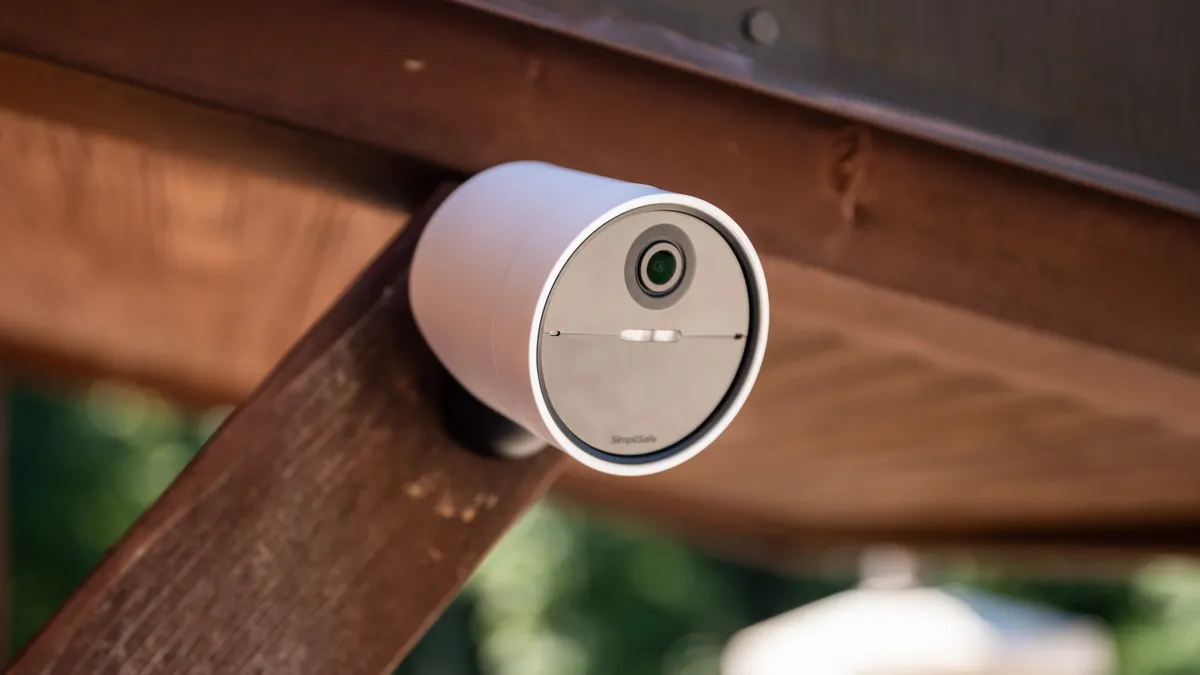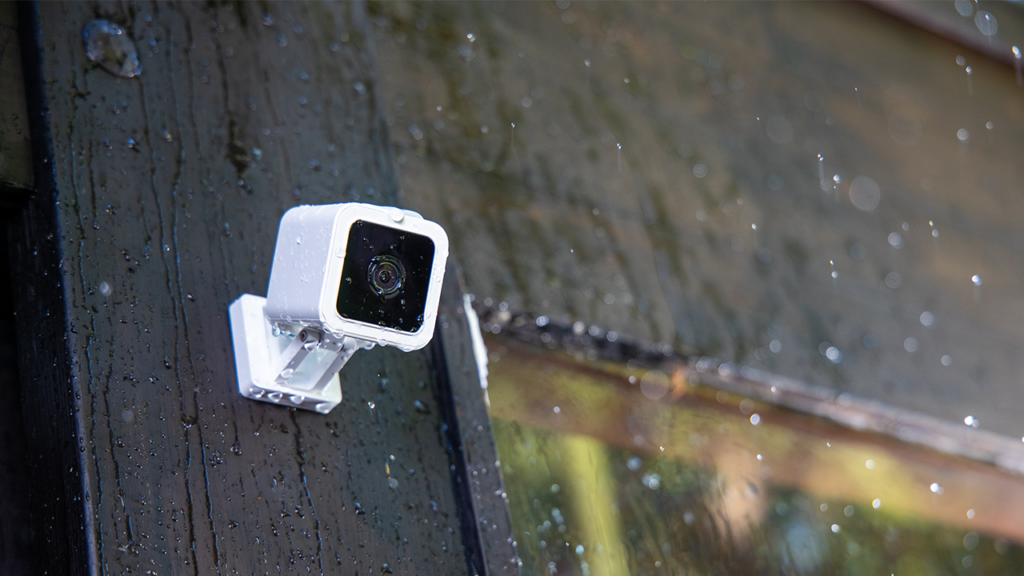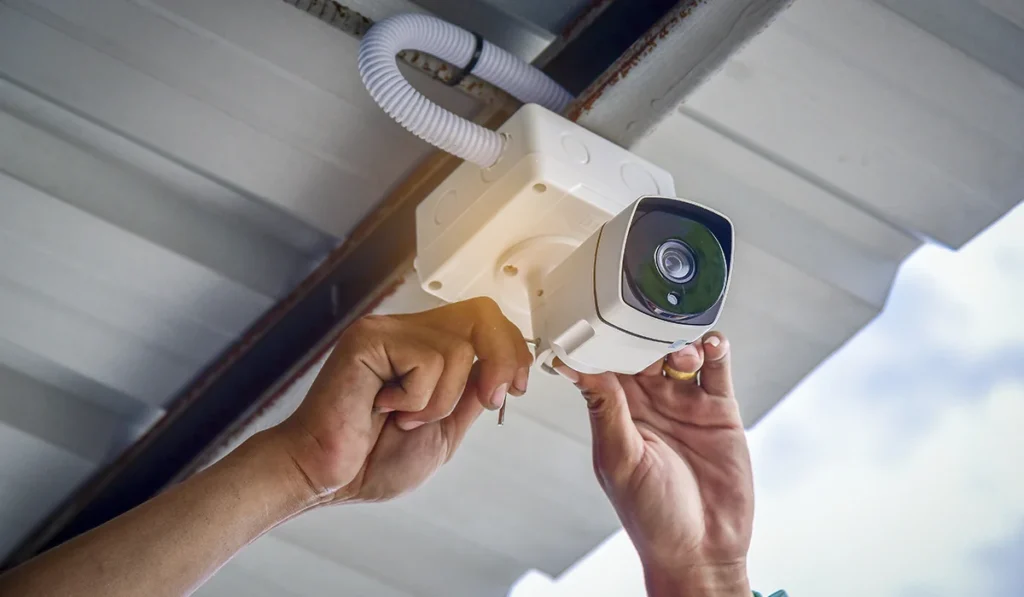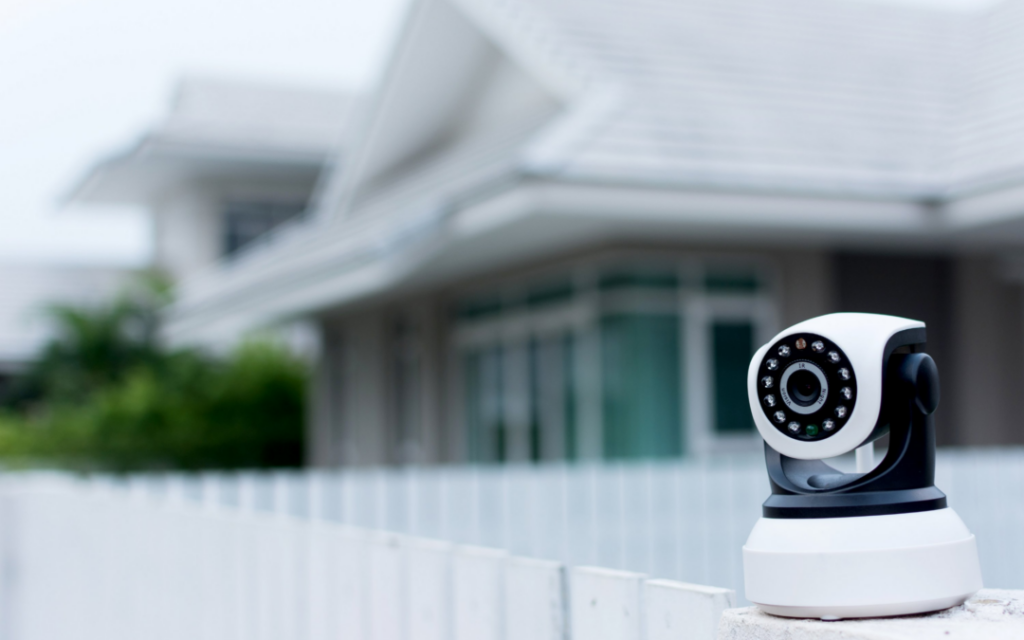
The Indirect Way Home Security Cameras Pay for Themselves
Living on a tight budget can make extra expenditures challenging. So, when it comes to something like home security, people who don’t have a lot of money are forced to choose their devices wisely. What about security cameras?
Cameras are essential to maximizing security. External cameras are especially important. Believe it or not, they pay for themselves in an indirect way. They do so by deterring criminals who commit all sorts of property crimes. Think burglary, porch piracy, home invasion, etc.
The thing to remember is that return on investment (ROI) isn’t always measured in a direct way. Even though home security cameras don’t actually generate revenue to pay for themselves, they possess an intangible ROI that results intangible benefits to homeowners.
Criminals Do Not Like Cameras

To get this discussion off on the right foot, it’s imperative to say that criminals do not like cameras. Multiple studies have revealed that burglars, by their own admission, will avoid homes equipped with video surveillance cameras. External cameras make getting caught too easy. They make targeting a house too risky.
One particular study conducted by the University of North Carolina proved the point. For that study, researchers interviewed convicted burglars doing time. Roughly 60% of them said they would abandon attempts to burglarize a home if they saw external video cameras or any other signs of a monitored home security system.
What does that have to do with security cameras paying for themselves? Everything, when you consider how much people lose to burglars. Between cash, jewelry, small electronics, and all the other things burglars steal, it adds up.
Burglaries Cost Thousands
Vivint Smart Home, a nationwide home security and smart home provider, published a guide to external video cameras in early December, 2022. They cited statistics showing that more than 903,000 property crimes are committed in the U.S. every year. Moreover, burglaries cost homeowners $2,800 on average.
That means nearly $3,000 in jewelry, electronic devices, etc. are stolen during a typical home burglary. It’s true that homeowners can file claims with their property insurance providers, but there’s almost always a deductible involved. Let’s say the deductible is $1,000. The insurance company picks up the remaining $1,800.
You can get a decent set of external home security cameras for far less than $1,000. Not only that, preventing burglary means not having to file an insurance claim. Not filing an insurance claim means your insurance rates don’t go up. You save both ways.
5 Important Security Camera Factors

No security device is 100% foolproof. So even though installing external security cameras goes a long way toward deterring burglary, installing them without a well-designed plan may not yield the best results. According to Vivint Smart Home, there are five key factors to consider:
1. Camera Location
For cameras to actually deter burglary, they need to be located in certain places. They also need to be visible. At the top of the location list is the front door. Simply put, the front door is the most used access point for both burglaries and home invasions. At least one security camera should give a clear view of the front door.
That camera should also be visible from the ground. You don’t want it low enough that it can be tampered with, but you also don’t want it so high that it can’t be seen. Burglars need to know they are being watched or they will not be deterred.
2. Camera Angle
Camera angle is just as important as location. For instance, mounting a camera too high might mean not seeing anything but a burglar’s head. That’s no good for identification purposes. The angle needs to be low enough to pick up key facial features. Otherwise, a camera loses its effectiveness as a tool for identifying and catching criminals.
An experienced burglar knows when a camera angle isn’t right. They also know how to conceal their identity at certain angles. So yes, choosing the right location and angle is an important part of the equation.
3. Power Choice

Security cameras can be powered by either batteries or a home’s existing electrical system. Neither choice is better or worse in terms of function. A camera that has power will do what it’s supposed to do. However, going with wireless cameras requires keeping an eye on batteries. There’s no point in installing external security cameras if you are going to let the batteries die.
A good camera has a built-in system to alert you when batteries are fading. This is an important feature in that it gives you ample time to change the batteries before the camera stops working.
4. Night Vision Capabilities
Although most burglaries occur during daylight hours, burglars still strike at night. And then there are those nighttime home invasions. The point here is that the most effective external security cameras are equipped with infrared night vision.
Infrared night vision is based on heat rather than light. Even when the sun goes down, a night vision-equipped security camera continues to surveil the property. Should something trigger the camera, it turns on and immediately starts recording.
5. Data Storage
The final factor to consider is data storage. You can buy cheap security cameras that store recorded video on an internal SD card. This is all well and good, but SD cards don’t have a ton of capacity. Not only that, but you also need to actually retrieve the card to see the video footage.
Your other option is to invest in a camera that sends video data to the cloud for remote storage. Such a camera also gives you access to real-time video, while a camera that only offers on-board storage doesn’t let you see what’s going on in real time. If you are going to invest in security cameras, invest in products that offer real-time viewing and cloud storage.
Video cameras should be part of every home security system. They pay for themselves by deterring burglary and providing evidence in the event a criminal isn’t deterred. In the end, this could save a homeowner quite a bit of money.
